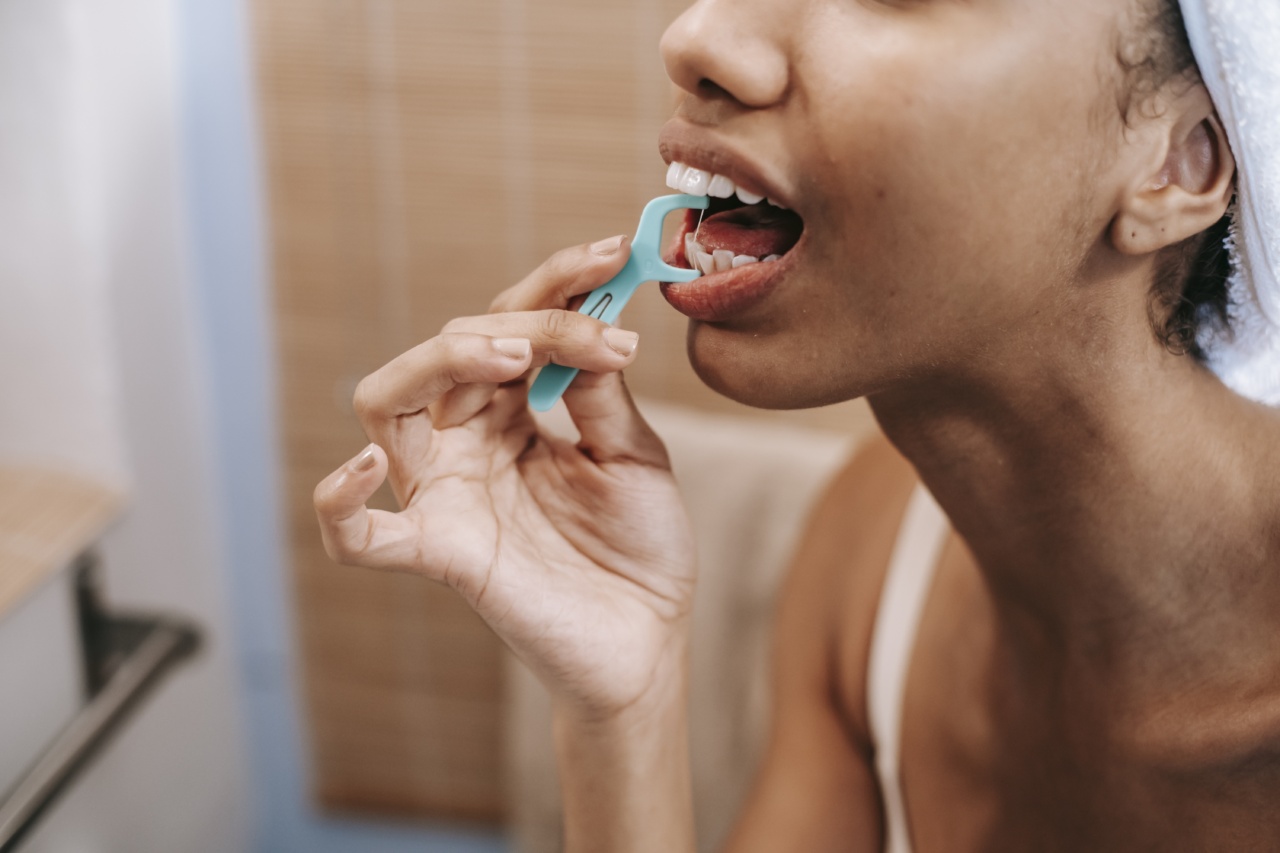Dental health is an important aspect of overall health. Many oral diseases such as gingivitis, tooth decay, and periodontitis can be prevented with daily dental hygiene practices.
While brushing your teeth twice a day is a great start, flossing is equally important. Below we will discuss the importance of daily dental thread use in preventing oral diseases.
What is Dental Thread?
Dental thread, also known as dental floss, is a thin cord consisting of tightly woven fibers. It’s designed to remove food particles and plaque from between the teeth and gum line.
Why Use Dental Thread?
Brushing twice a day helps maintain oral hygiene but is not sufficient to remove stubborn plaque and food particles between teeth and gums.
Dental thread helps clean the hard to reach areas and dislodges debris that brushing may not completely remove, thereby preventing plaque buildup and reducing the risk of gum disease. Flossing once a day also helps control bad breath by removing food particles that bacterial plaque feeds on.
Types of Dental Thread
There are different types of dental thread available, including:.
- Nylon thread: This is the most common type of dental thread that’s both affordable and effective.
- PTFE (Polytetrafluoroethylene) thread: Also known as Teflon, this type of thread glides smoothly between the teeth and is a good option for those with sensitive gums.
- Cotton thread: This is a more eco-friendly option, but its thickness may make it challenging to use.
How to Use Dental Thread
Here are some steps to follow for effective dental flossing:.
- Take about 18 inches of dental thread and wrap both ends around your index fingers.
- Hold the floss taut between your fingers and gently insert it between your teeth. Glide it up and down with a gentle back and forth motion. Avoid snapping or jerking the floss since this can cause trauma to your gums.
- When you reach the gum line, curve it into a C shape against one tooth and gently slide it into the space between your gum line and tooth. Rub the dental thread against the tooth with an up and down motion and repeat on the adjacent tooth.
- Repeat the same process on each tooth making sure to use a fresh section of dental thread for each tooth.
Dental Thread and Oral Diseases
Preventable oral diseases such as periodontitis, gingivitis, and tooth decay can develop if teeth are not properly cleaned. Flossing helps reduce plaque buildup on teeth and gums, which is the primary cause of these oral diseases.
Studies show that daily flossing can reduce the risk of gingivitis by up to 80 percent, while those who don’t floss can expect a higher risk of gum and teeth problem.
The Benefits of Regular Flossing
- Prevents gum diseases: Dental thread helps remove food particles and plaque between teeth and gums and prevents the development of gum diseases.
- Fights bad breath: Flossing removes food particles that bacteria feed on and reduce the risk of bad breath.
- Removes plaque: Flossing helps remove plaque from hard-to-reach areas that brushing cannot reach.
- Prevents tooth decay: Flossing helps prevent cavities by removing food particles stuck between teeth that form acids that cause cavities.
- Improves oral health: Regular dental thread use leads to healthier teeth and gums that reduces the risk of oral diseases and ensures good oral hygiene.
Conclusion
Dental thread use is an essential part of maintaining good oral hygiene. Incorporating daily flossing into your oral hygiene routine helps prevent oral diseases such as gingivitis, periodontitis, and tooth decay.
When used correctly, dental thread promotes healthier gums, better teeth, and fresher breath. It’s a healthy habit worth adopting.



























